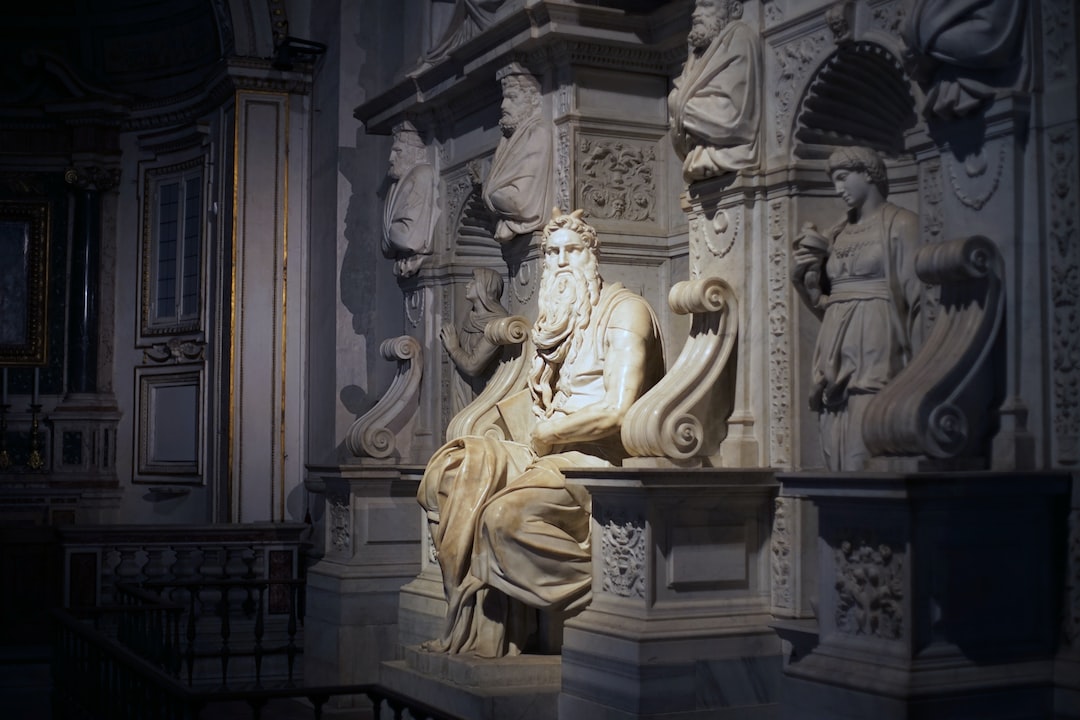Exploring the Surrealist Movement: Dreams, Symbols, and the Unconscious Mind
The Surrealist movement, which emerged in the 1920s, sought to break free from the constraints of reality and tap into the depths of the unconscious mind. Surrealists believed that accessing the unconscious through dreams and symbols could lead to a greater understanding of the human experience.
One of the key inspirations behind Surrealism was Sigmund Freud’s concept of the unconscious mind. Freud proposed that our dreams and unconscious thoughts hold hidden meanings and desires, which he referred to as the “royal road to the unconscious.” Surrealist artists, such as Salvador Dali and Rene Magritte, embraced this notion and used it as a foundation for their creative explorations.
Dreams played a significant role in the Surrealist movement. Artists drew inspiration from their own dreams, as well as from the dreams of others. By depicting dreamlike scenes and merging seemingly unrelated elements, Surrealists aimed to challenge the viewer’s perception of reality. They believed that dreams had a unique ability to reveal hidden emotions and desires, and by capturing these images on canvas, they aimed to provoke an emotional response in the viewer.
Symbols were another important component of Surrealist artwork. Surrealists believed that symbols held a universal meaning that could bypass rational thought and tap into the collective unconscious. By incorporating symbols into their art, they sought to evoke deeper emotions and stir the viewer’s imagination. A symbol, whether it was a clock melting in Dali’s “The Persistence of Memory” or the apple in Magritte’s “The Son of Man,” acted as a catalyst for personal associations and interpretations.
The Surrealist movement also explored the concept of automatism, where artists would free themselves from conscious control and let their unconscious mind guide their artistic expressions. Techniques such as automatic writing and doodling allowed artists to tap into their subconscious thoughts and create spontaneous, often surreal, artworks. By relinquishing rationality and embracing the unconscious, Surrealists aimed to challenge societal conventions and explore the boundaries of the human imagination.
The influence of the Surrealist movement is still evident today in various art forms. Its impact can be seen in contemporary art, literature, cinema, and even in fashion. Surrealist ideas have inspired generations of artists to delve into their unconscious mind and explore the unconventional, pushing the boundaries of creativity.
In conclusion, the Surrealist movement offered a unique approach to art and explored the depths of the unconscious mind. By drawing inspiration from dreams, using symbols, and embracing automatism, Surrealists sought to challenge societal norms and reveal hidden truths. Their experimental and thought-provoking artwork continues to captivate audiences and inspire artists to this day, reminding us of the power of dreams, symbols, and the mysterious workings of the human mind.

